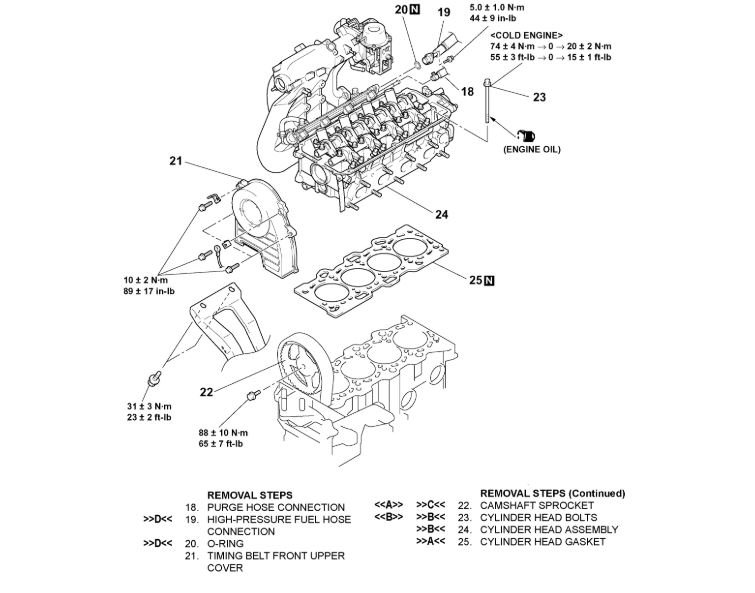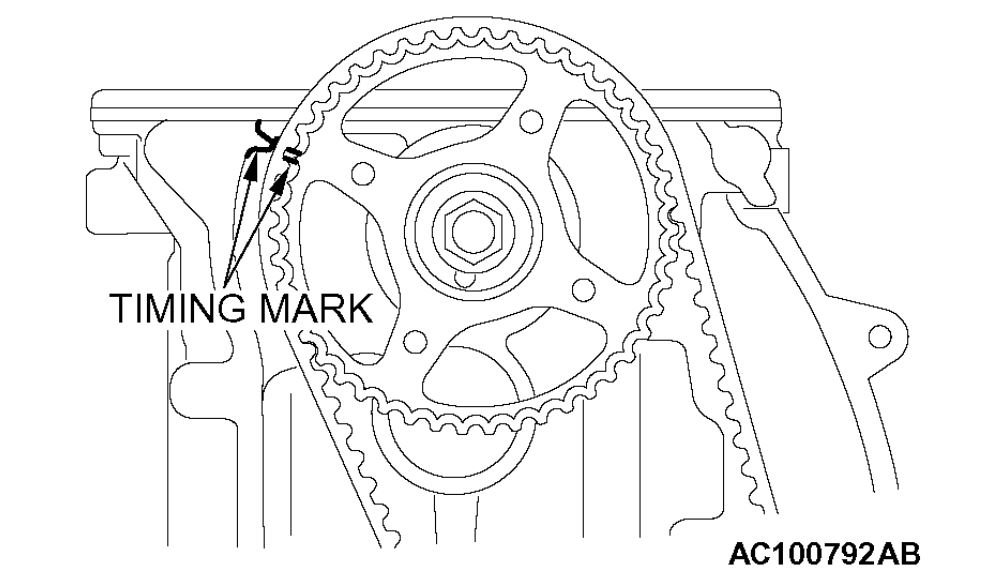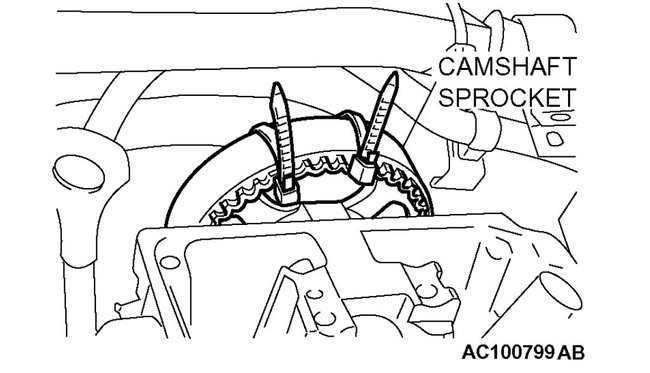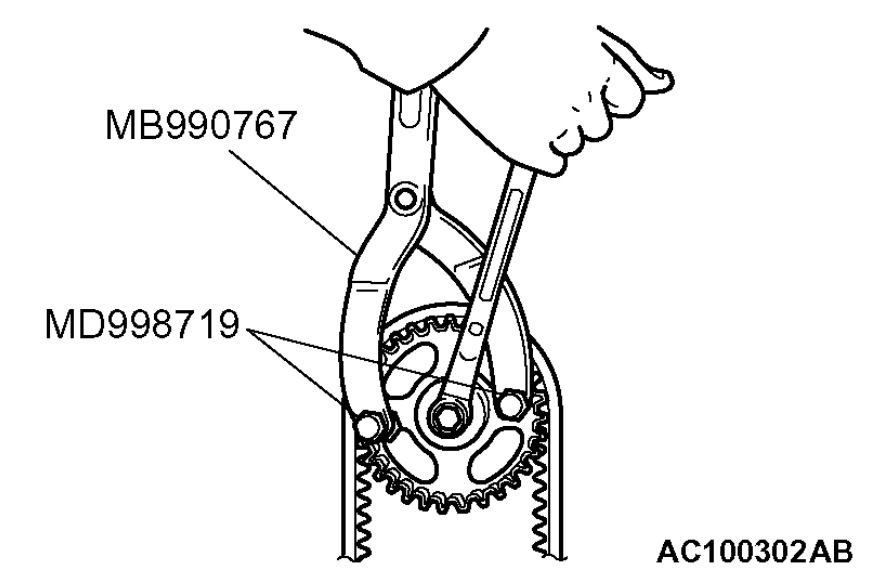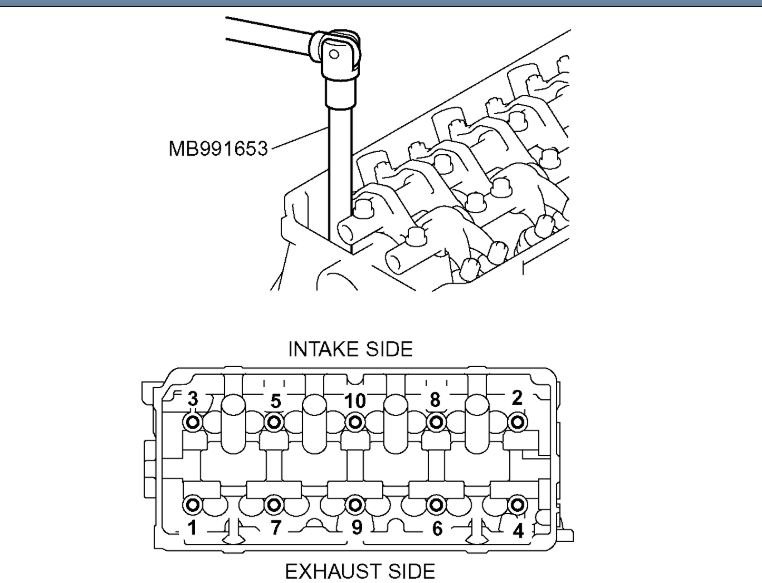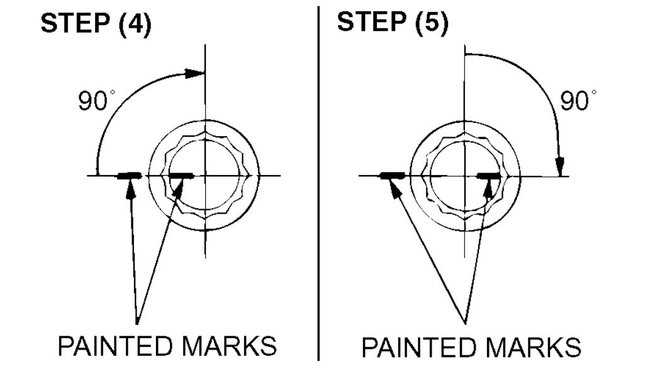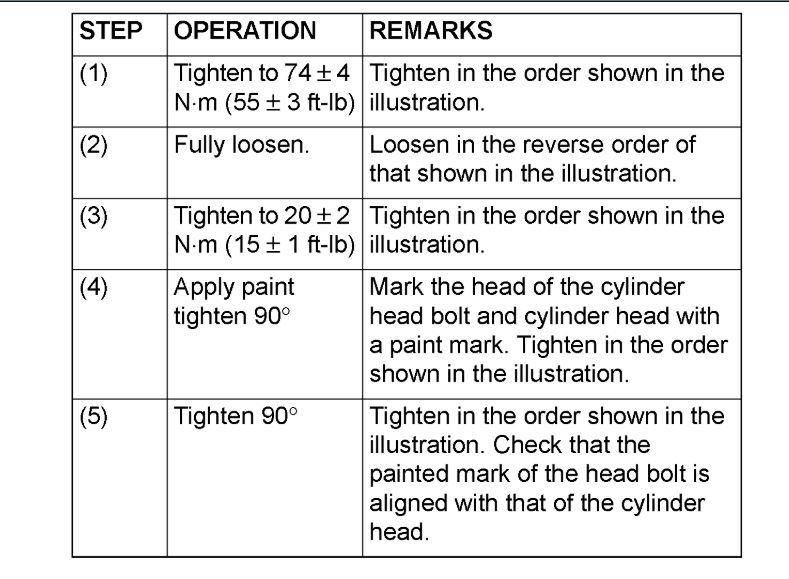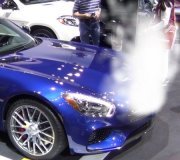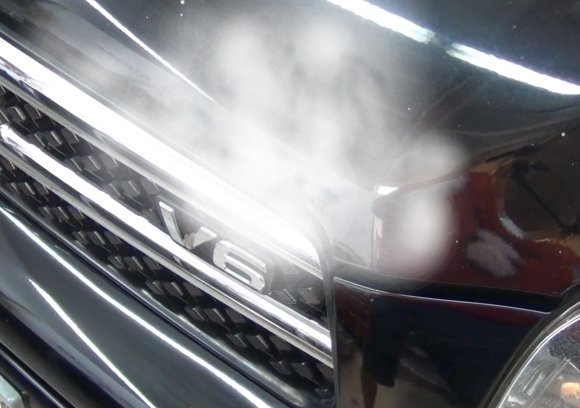Tuesday, March 17th, 2020 AT 7:41 AM
Good day mechanics, 4g15 sohc, cs3 engine overheated. Needle went up 3/4 so I put on the blower to help with the temperature to drop. When I went home I checked to see if the fan was coming on, it wasn't. The next morning I started the vehicle and it ran fine everything was good went and did a diagnostic, water pump good fan module and motor good, every thing seems to be intact. So the technician told me to go and clean out the radiator because the he had checked it and the radiator was boiling up and not going down when he mash the X cable. So I went and take the radiator apart by a radiator tech and he said nothing wrong with the radiator, the fan working but it coming on and off, he said that the radiator boiling because it has air in the system and that the head gasket has a slight leak and is about to blow. So he told me to go back by the diagnostic place and let them do it over. When I went back they tested it over and yes the head gasket has gone, but before I took out the radiator to clean, the car had cut off while I was on the road. Note: temperature was good that time, so I went by a electrician and he tested the 2nd piston coil wire plug in on the harness and knock up some fuse box next to the battery and it run find never cutoff. I forgot to mention the car was cranking but not starting when I had cut off on the road. Can this be the engine not getting a good compression due to the head leaking air? Because there is no white residue on the engine oil cap and the radiator coolant level is full. Should I change the head gasket alone or the whole head and block need replacing? I know that the piston rings may have worn a little due to it overheating and that when changing head gasket u does have to shave the head and change valve seal, plug wire seals, tapet cover seals and check for crack in the block and piston. Any advice?
